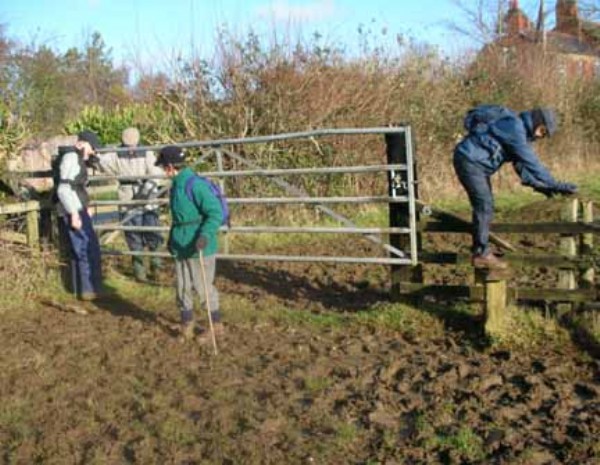

Areas of heavy equine usage such as gateways and grass tracks around paddocks are at their worst this time of year. Continuous hoof traffic – also known as poaching - causes serious damage to grass and to soil structure which will create ever bigger bare patches in the summer and even deeper muddy areas next winter.
As well as being unsightly and inefficient, deep muddy areas are also bad for horse welfare. Uneven ground is uncomfortable to stand on and bacteria thrive in the wet muddy conditions causing skin infections such as mud fever and cracked heels.
There are, however, good ways to manage and minimise this problem. Firstly, water sources and feeders should be moved away from gateways and, where possible, moved around the field to stop new areas becoming damaged. Where it is an option, use alternative gateways or section off gateways with electric fencing to stop horses standing around them.
Most important though is to start planning for a spring reseeding. This will mean harrowing as close to the gate as possible to create an even tilth and to ease compaction. When ground temperatures rise in March, broadcast or drill new seed using a specially designed mix at a very high sowing rate, and then roll it in. This will create a really tight, dense sward.
Keep livestock off the newly sown area for two months after which it can be lightly grazed for the remainder of the summer. Dense new grass like this should then stand up well to wear and tear next winter.
Date Posted: 29th January 2014



